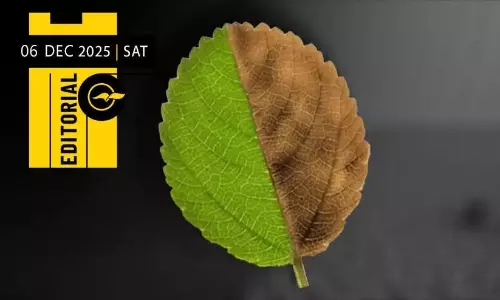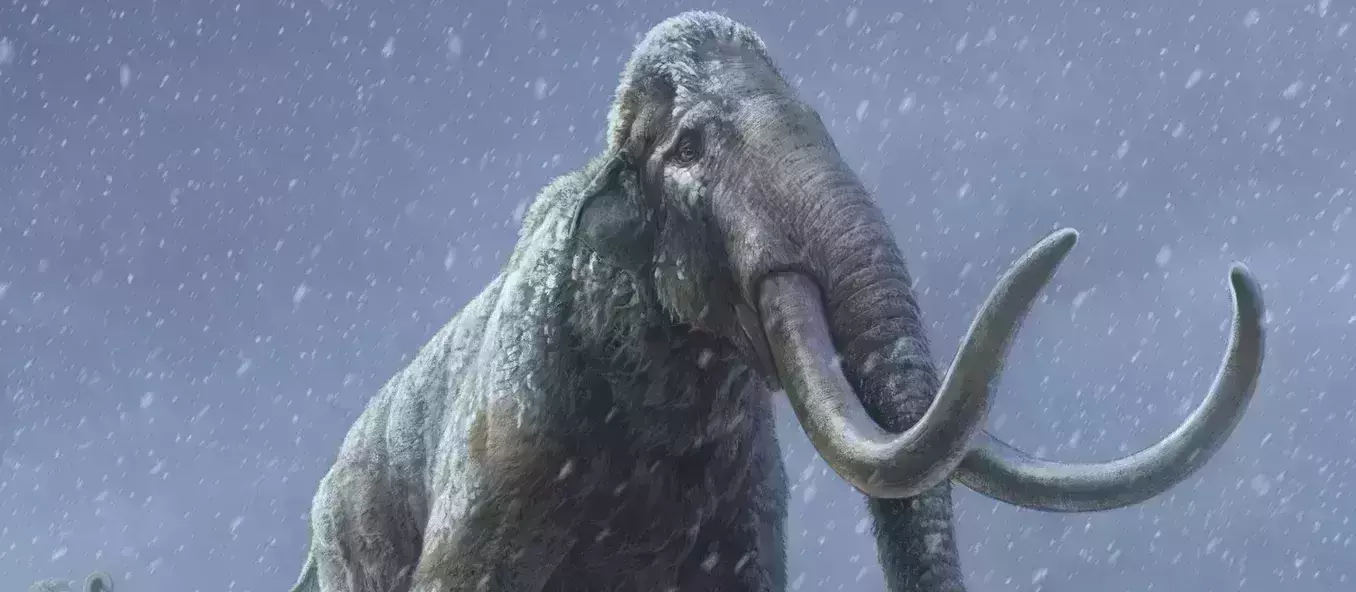
Million-year-old mammoth teeth yield world's oldest DNA
text_fieldsScientists have discovered the oldest DNA on record from the molars of mammoth that roamed the earth millions of years ago.
The DNA comes from three mammoth molars found through excavation in Siberia in the early 1970s by Russian paleontologist Andrei Sher who is known for his mammoth research. Though the molars were found years ago, the DNA samples in them which would have rapidly degraded were well preserved because of the freezing conditions.
The study was published in the journal Nature.
This is the first time that DNA has been sequenced and authenticated from million-year-old specimens. Extracting the DNA from the samples was a challenging experience for the researchers from the Centre for Palaeogenetics in Stockholm. The scientists found that only minute amounts of DNA remained in the samples and they were degraded into very small fragments
"This DNA is incredibly old. The samples are a thousand times older than Viking remains, and even pre-date the existence of humans and Neanderthals," says senior author Love Dalén, a Professor of evolutionary genetics at the Centre for Palaeogenetics in Stockholm.
Until now, the oldest DNA came from a 700,000-year-old horse that lived in Canada's Yukon territory and DNA was sequenced in 2013.
Among the three, the oldest molar has been nicknamed the Krestovka mammoth, after the village near which it was discovered and it was approximately 1.2 million years old. Another molar named Adycha mammoth found near the Adycha river was approximately 1 to 1.2 million years old and the Chukochya mammoth found near the Chukochya river was roughly 700,000 years old.
"Breaking this somewhat magical barrier of more than one-million-years-old opens a new time window, so to say, and evolutionary perspective," says lead study author Tom van der Valk.
The analyses shows that the Columbian mammoth that inhabited North America during the last ice age was a hybrid between the woolly mammoth and a previously unknown genetic lineage of the mammoth. The study provided new insights into how well and how fast mammoths became adapted to cold climates and opened doors for a broad array of future studies on other species as well.

















